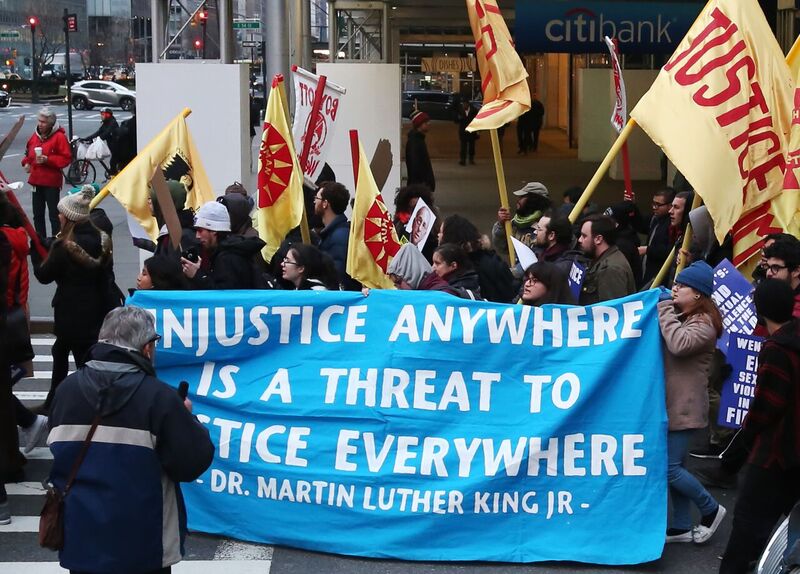Building Worker Power into Standard Setting, Monitoring and Enforcement

Worker centers have been working on basic enforcement challenges like wage theft for years. They are at the forefront of advancing new models that build off of established, progressive ideas – like wage boards, co-enforcement, and independent monitoring programs – to give workers greater influence over policymaking and implementation and shift the balance of power that has given rise to the enforcement crisis in low-wage workplaces.
Standards Boards
Standards boards can be publicly mandated to set industry standards. For instance, in California, wage boards set the minimum wage for 17 industries. And New York created a wage board to set the minimum hourly wage for fast food workers to $15 in 2015. Three states currently have laws that allow for the creation of standards boards by executive order: California, New York and New Jersey. In other states, legislation would need to be passed. Cities may also be able to create standards boards, so long as their state doesn’t preempt it. Currently, that means that cities in roughly half the states should be able to do it. Notably, in 2018, the Seattle Domestic Workers Alliance secured a city ordinance creating a wage and standards board for domestic workers – a model the National Domestic Workers Alliance (NDWA) is advocating for nationally.
Many worker centers, like NDWA, and allies are pushing for not only an expansion of this model, but for standards boards to be structured in a way that ensures workers’ voices are not merely tokenized, such as through selection criteria for board representatives that ensures an influential voice for workers on the board, both union and non-union. The Minneapolis’ Workplace Advisory Committee, which makes recommendations to the city on legal standards for the workplace and supports their implementation, offers a unique model for increasing worker power on a committee or board. Whereas existing wage boards consist of equal numbers and votes of worker and business representatives, as well as representatives of the public in general, half the seats on Minneapolis’ Workplace Advisory Committee are dedicated to labor unions, non-profits and community-based organizations like CTUL (Centro de Trabajadores Unidos en la Lucha). Two seats are for public representatives, and a minority of seats are held by business representatives. Though this particular committee is informal, it provides an example of how a committee or board, charged by a city or state with formal authority, might be structured to ensure greater voice for workers in dialogue with businesses and the public.
Workers’ Committees
A number of states mandate health and safety committees. These committees typically have legal monitoring powers, and worker representatives on these committees are democratically elected. Worker representatives also enjoy additional legal protections and paid time to carry out their committee duties. These committees typically consist of an equal number of worker and management representatives. But many organizations have recently renewed the call for publicly mandated, all-worker committees in the workplace, modeled after the European works councils, to ensure workers’ voices aren’t tokenized but rather are influential in standard-setting and compliance monitoring at the workplace level. Worker centers like ARISE Chicago and Somos Un Pueblo Unido have been on the forefront of supporting non-unionized workers who form informal workers’ committees in their workplaces to defend their rights.
Co-Enforcement
In recent years, co-enforcement laws have formalized the role of worker centers and other community-based nonprofits in monitoring for and identifying workers’ rights violations within public systems of workplace enforcement. There are a growing number of examples, which we’ve organized into two categories:
- Training and support for workers outside the workplace – In this variation of co-enforcement, public enforcement agencies contract with and fund community partners to reach vulnerable workers outside the workplace. They provide training to workers on their rights and counseling when workers report potential rights violations to them. Community partners then refer workers with violations to public agencies for further legal action. The first co-enforcement program of this kind, shaped and anchored by the Chinese Progressive Association, is based in San Francisco. Seattle and Los Angeles have developed similar programs.
- Monitoring and interviewing workers in the workplace – In this variation, through formal public programs, labor and community partners visit worksites to monitor for compliance with workplace laws, including by interviewing workers on site. Under California’s Prevailing Wage Labor Compliance Program in Los Angeles, a public school district trains and deputizes union representatives to monitor district projects for prevailing wage compliance. And in Austin, a city development agency grants developers expedited permitting if they agree to the standards and independent monitoring under Workers Defense Project’s Better Builder Program or a similar program. Independent monitors talk to workers before projects begin and visit the site two to three times per month. Workers are encouraged to raise complaints, and monitors review payroll records. If a monitor finds a violation, they give a report to a public agency to address it.
Independent Monitors, Market Enforcement
The Worker-driven Social Responsibility (WSR) model is rooted in legally-binding agreements with the large corporate buyers at the top of a supply chain. As modeled in the U.S. by the Coalition of Immokalee Workers (CIW), the supply chain agreements obligate the brands to use their purchasing power to compel compliance down the chain with a code of conduct and independent monitoring procedures (“the WSR program”). The monitoring process includes worker-to-worker education of all workers covered by a WSR program on site and on the clock, organized by CIW and with the support of management. At the point of hire, workers also receive a Know-Your-Rights handbook and watch a video produced by CIW.
Workers are encouraged to report violations of their rights under the code of conduct to the independent monitor. The monitor mans a 24/7 bilingual complaint hotline, the number for which is printed on workers’ paystubs, and conducts regular and as-needed audits of suppliers’ operations and payroll records, including large-scale worker interviews on site. In WSR agreements, buyers have agreed to hold their suppliers accountable to the code of conduct through market consequences (e.g., by canceling contracts) and pay a portion of the costs of the education and monitoring. This model has been replicated in the U.S. by Migrant Justice in the dairy industry and is being pursued in other industries with the support of the WSR-Network, an international network of organizations committed to its replication.
Other worker centers are leveraging public procurement and licensing to create a market for employers that adopt codes of conduct and submit to independent monitoring. In Illinois, a Task Force to Improve Enforcement of Temp Worker Rights, is building off the experience of the Chicago Workers’ Collaborative, a community organization that advocates for temp workers’ rights, to develop a new program that will compel temp agencies to abide by a code of conduct and independent monitoring requirements: the Temp Agency Seal of Approval Program. The program will give participating temp agencies priority access to a market made up of buyers in the program. The Task Force recommends public procurement and city licensing form the initial market for the program. It further recommends an independent monitor, grounded in community partnerships, verify compliance. In Tennessee, Workers’ Dignity is similarly leveraging the procurement process to create a market for developers who sign legally-binding community benefits agreements that obligate them to a code of conduct and independent monitoring of construction sites.
